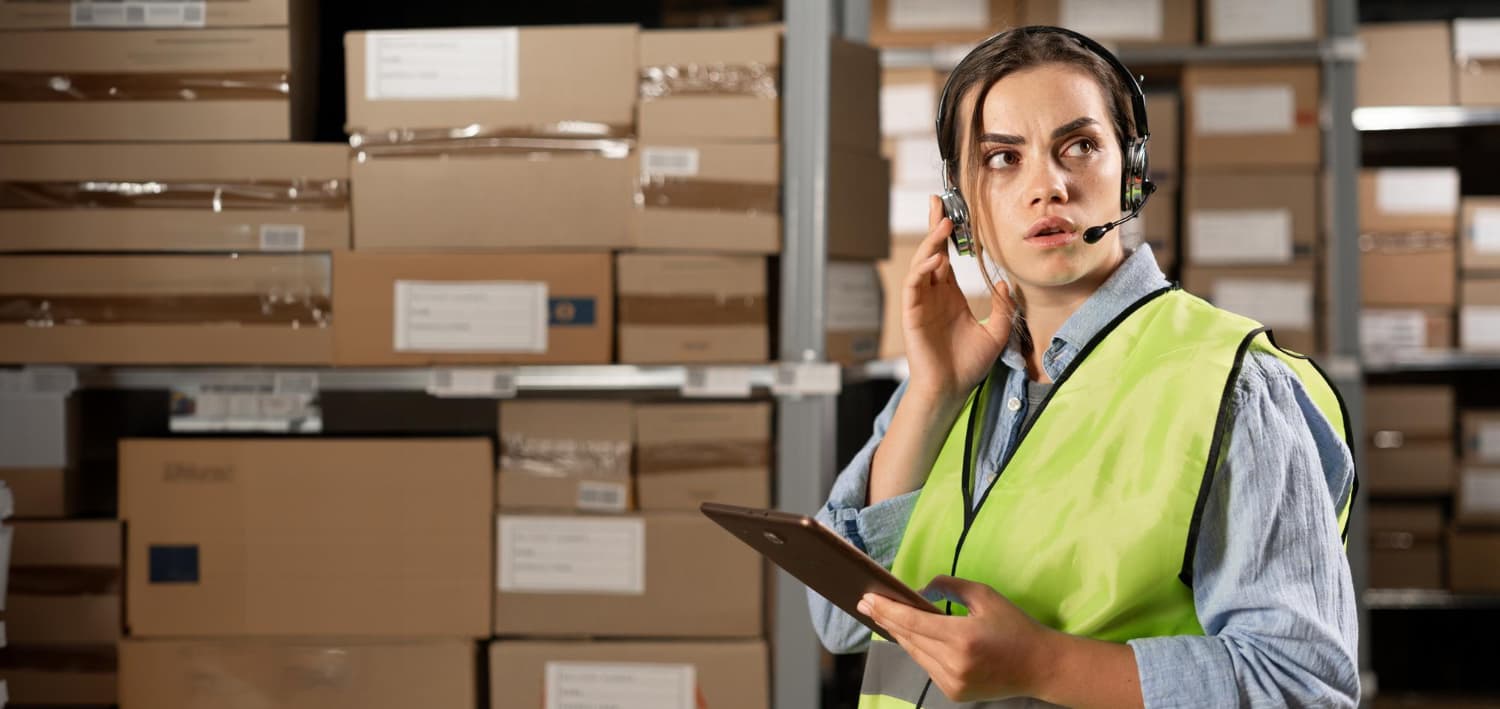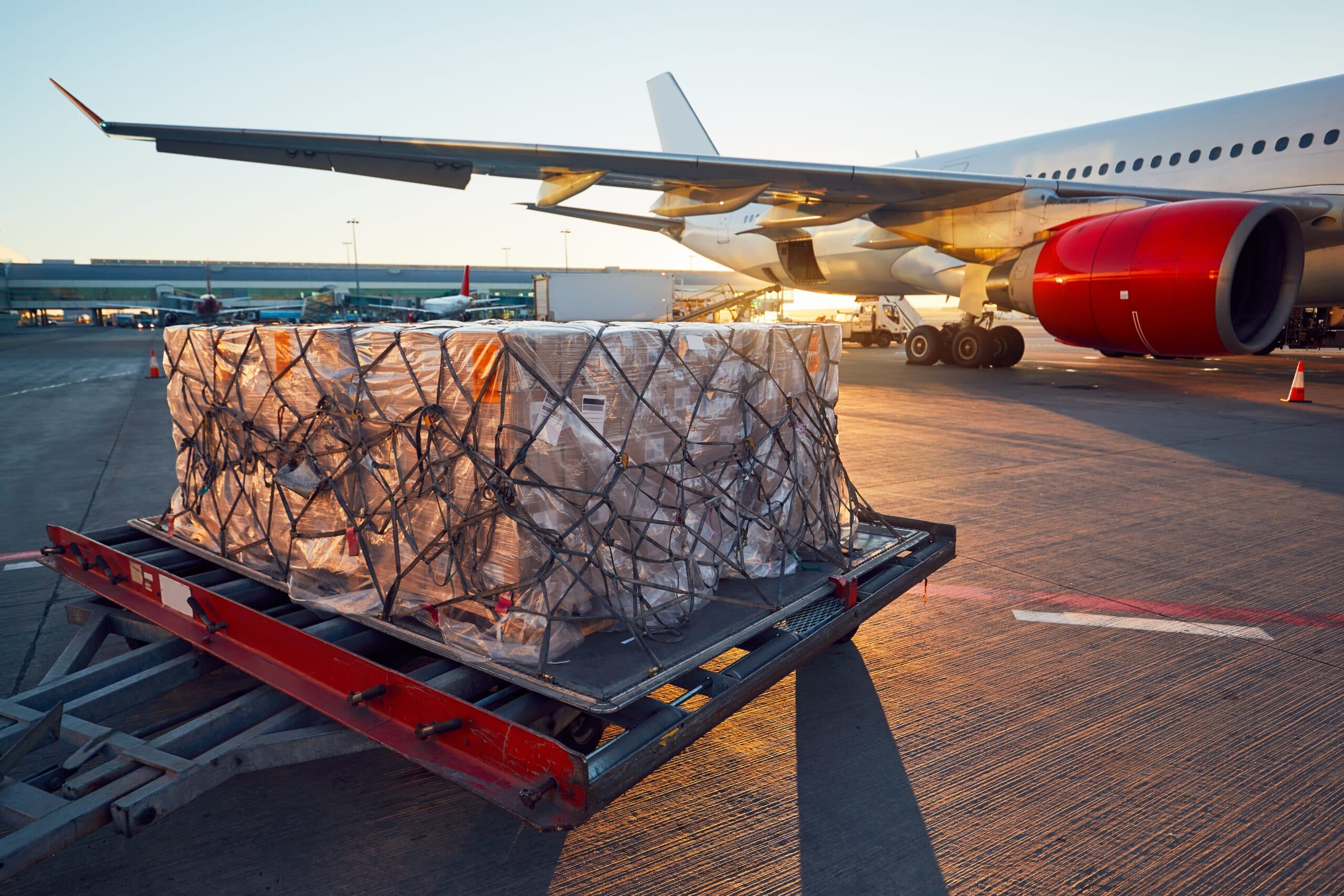Mastering the Art of Customs Clearance at Southampton Dock

When it comes to global trade, Southampton Dock stands as one of the United Kingdom’s busiest and most strategically important ports. With thousands of containers moving in and out each day, efficient customs clearance in Southampton is essential for importers and exporters seeking to keep their goods flowing smoothly. However, navigating customs procedures can be complex — involving detailed paperwork, strict compliance rules, and time-sensitive operations. Mastering this process not only saves time and money but also strengthens your business’s supply chain efficiency.
In this blog, we’ll explore what makes customs clearance so critical, the common challenges traders face, and how partnering with the right professionals can simplify the entire process.
Understanding Customs Clearance in Southampton
Customs clearance refers to the process of preparing and submitting documentation required to facilitate the import and export of goods into or out of a country. At Southampton Dock, this process ensures that all goods entering or leaving the UK comply with local regulations, tariff classifications, and duty payments.
The primary goal is to ensure that imported goods are legally allowed entry and that export shipments meet all international trade standards. Each consignment passing through Southampton must be declared, inspected if necessary, and cleared before it can proceed to its final destination.
Why Southampton Dock Is a Trade Powerhouse
Southampton is not just a port; it’s a vital trade gateway connecting the UK to markets across Europe, Asia, and beyond. It handles a significant percentage of the nation’s containerized cargo, automobiles, and cruise passenger traffic. Its modern infrastructure and proximity to key transport links make it a preferred choice for international traders.
This sheer scale of operations means that customs efficiency is crucial. Any delay in clearance can disrupt supply chains, increase demurrage costs, and affect business commitments. Hence, understanding and mastering customs clearance at Southampton Dock is a strategic necessity for businesses involved in global trade.
Key Steps in the Customs Clearance Process
Successfully navigating customs clearance requires precision and attention to detail. Below are the fundamental stages every business should be aware of:
- Documentation Preparation
The first step involves gathering and preparing essential documents such as the commercial invoice, packing list, bill of lading, and certificate of origin. Accuracy in documentation prevents costly delays and rejections. - Customs Declarations
Traders must declare the nature, quantity, and value of goods being imported or exported. The correct tariff classification and duty assessment are critical to avoid fines or overpayments. - Duty and Tax Payments
Based on the declared value and classification, customs duties and taxes must be paid. Understanding applicable tariffs and exemptions can help minimize costs. - Customs Inspection and Clearance
Customs officers may inspect shipments for compliance. Once approved, goods are released and allowed to continue to their destination. - Post-Clearance Compliance
Keeping detailed records of customs transactions and maintaining compliance with UK regulations ensures smoother future clearances and protects against audits.
Common Challenges Faced by Businesses
Despite its importance, customs clearance remains one of the most challenging aspects of international trade. Some common hurdles include:
- Incomplete or incorrect documentation leading to shipment delays.
- Misclassification of goods resulting in overpayment or penalties.
- Lack of understanding of UK and international trade laws.
- Delays caused by inspections or regulatory updates.
- Communication gaps between shippers, freight forwarders, and customs agents.
These challenges highlight why relying on professional customs agents with deep experience at Southampton Dock can make a substantial difference.
The Importance of Expert Support
For businesses, especially those new to international trade, handling customs clearance independently can be daunting. Working with an experienced team ensures that all procedures are handled correctly, documentation is compliant, and shipments are cleared efficiently.
That’s where Global Customs Services steps in. With years of experience handling customs clearance in Southampton, the company offers reliable, compliant, and efficient solutions tailored to each client’s unique trade needs. Their team ensures that goods are processed quickly, duties are calculated accurately, and potential delays are minimized — allowing businesses to focus on what they do best: growing their trade operations.
How Digitalization Is Changing Customs Clearance
The landscape of customs clearance is rapidly evolving, with digital tools and automated systems streamlining what was once a time-consuming process. Electronic declarations, real-time shipment tracking, and online document submissions have reduced errors and improved transparency.
Southampton Dock is at the forefront of this digital shift. With enhanced connectivity and integrated port systems, traders can now process documentation faster and access up-to-date information about their shipments. Embracing technology is no longer optional — it’s essential for maintaining competitiveness in the modern trading environment.
Tips to Master Customs Clearance at Southampton Dock
To ensure a smooth clearance process, consider the following best practices:
- Double-check all documentation before submission to avoid discrepancies.
- Stay updated with the latest UK customs regulations and post-Brexit changes.
- Understand your product codes (HS codes) to ensure accurate tariff classification.
- Work with trusted freight forwarders and customs agents familiar with Southampton operations.
- Plan for potential delays by factoring in extra time for inspections or paperwork corrections.
- Leverage digital tools for tracking and documentation management.
By implementing these steps, businesses can reduce risks, prevent costly delays, and maintain a seamless supply chain.
Mastering customs clearance in Southampton Dock requires a blend of regulatory knowledge, meticulous documentation, and professional expertise. The process can seem complex, but with proper planning and the right support, it becomes a strategic advantage rather than a challenge.
Whether you’re importing machinery, exporting consumer goods, or managing large-scale logistics, efficient customs clearance ensures that your operations remain compliant and cost-effective.
Partnering with experienced professionals like Global Customs Services can help you navigate every stage of the clearance process with confidence. Their expertise not only simplifies procedures but also helps businesses save time, reduce errors, and maintain steady trade flow through one of the UK’s busiest ports — Southampton Dock.






.png&w=256&q=75)
